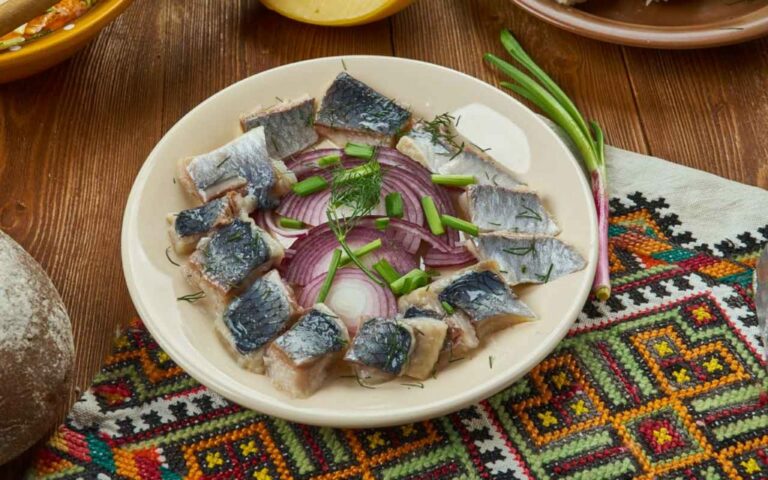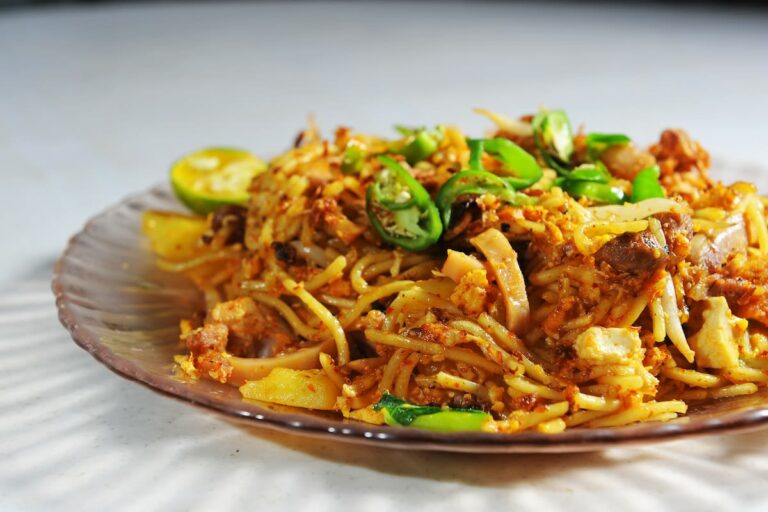Introduction: Lithuanian Culinary Heritage
Lithuanian cuisine is a vital aspect of the country’s cultural heritage. It reflects the country’s rich history and traditions and is deeply rooted in local agriculture, customs, and beliefs. Lithuanian cuisine is known for its hearty and filling dishes, made from simple, locally sourced ingredients. Despite the growing influence of global cuisine, traditional Lithuanian dishes remain popular, and efforts are being made to promote and preserve this culinary heritage.
Traditional Lithuanian Dishes: Popular or Endangered?
Traditional Lithuanian cuisine is diverse and includes a variety of dishes made from meat, dairy products, grains, and vegetables. Some of the most popular dishes include cepelinai (potato dumplings filled with meat or cottage cheese), kugelis (potato pudding with bacon and onions), and šaltibarščiai (cold beetroot soup). However, as with many traditional cuisines, some dishes are becoming less popular and are at risk of disappearing.
Efforts to Preserve Traditional Lithuanian Cuisine
Efforts to preserve traditional Lithuanian cuisine are underway at the national and local levels. In 2016, the Lithuanian Ministry of Agriculture launched a program to promote and preserve traditional Lithuanian cuisine. The program includes measures such as promoting local food festivals and educating young chefs about traditional Lithuanian ingredients and cooking techniques. Local initiatives, such as the Žemaitija Culinary Heritage Center, are also promoting Lithuanian cuisine by hosting workshops and events that showcase traditional dishes.
Challenges in Promoting Lithuanian Culinary Heritage
One of the biggest challenges in promoting Lithuanian culinary heritage is the influence of global cuisine and changing food preferences. Younger generations may not be as familiar with traditional dishes, and the availability of international cuisine may make it more challenging to promote local food. Another challenge is the limited recognition of traditional Lithuanian cuisine on the international culinary stage.
Initiatives to Promote and Popularize Lithuanian Cuisine
Despite the challenges, there are several initiatives underway to promote and popularize Lithuanian cuisine. In 2021, Lithuania was named the European Region of Gastronomy, which aims to showcase the country’s culinary heritage and promote sustainable food practices. The initiative includes a series of events and programs that highlight traditional Lithuanian dishes and ingredients. Social media campaigns, such as the #LithuanianEats campaign, also help to raise awareness and promote Lithuanian cuisine to a wider audience.
Conclusion: The Future of Lithuanian Culinary Heritage
Lithuanian culinary heritage is an essential part of the country’s cultural identity, and efforts are being made to preserve and promote traditional dishes. While there are challenges in promoting Lithuanian cuisine, initiatives such as the European Region of Gastronomy and local initiatives are helping to raise awareness and introduce traditional dishes to new audiences. By continuing to celebrate and support traditional Lithuanian cuisine, the country can ensure that its culinary heritage thrives for future generations.


